Patio Blocks On Soil?
walksindarkness
17 years ago
Featured Answer
Sort by:Oldest
Comments (10)
bhrost
17 years agoinkognito
17 years agoRelated Professionals
Anderson Landscape Contractors · Norwood Landscape Contractors · Coram Landscape Contractors · Florham Park Landscape Contractors · Northbridge Landscape Contractors · Richmond Landscape Contractors · Washington Landscape Contractors · Suisun City Landscape Contractors · Fort Worth Decks, Patios & Outdoor Enclosures · Franconia Decks, Patios & Outdoor Enclosures · Jeffersonville Decks, Patios & Outdoor Enclosures · Layton Decks, Patios & Outdoor Enclosures · Monroe Decks, Patios & Outdoor Enclosures · Norwood Stone, Pavers & Concrete · Fallbrook Swimming Pool Buildersgardengal48 (PNW Z8/9)
17 years agomad_gallica (z5 Eastern NY)
17 years agoFrankie_in_zone_7
17 years agokarinl
17 years agoplantman314
17 years agokarinl
17 years agoplantman314
17 years ago
Related Stories

GARDENING GUIDESHow to Stop Worrying and Start Loving Clay Soil
Clay has many more benefits than you might imagine
Full Story
GARDENING GUIDES10 Solutions for Soggy Soil
If a too-wet garden is raining on your parade, try these water-loving plants and other ideas for handling all of that H2O
Full Story
GARDENING GUIDESGardening Solutions for Dry, Sandy Soils
Has your desert or beachy site withered your gardening creativity? Try these ideas for a beautiful, easy-care landscape
Full Story
GARDENING GUIDESHouzz TV: Make a Worm Bin for Rich Soil and Happy Plants
A worm-powered compost bin that can fit under a sink turns food scraps into a powerful amendment for your garden. Here’s how to make one
Full Story
GARDENING GUIDESGreat Design Plant: Try Blue Bells for Blooms in Dry Soil
This shrub’s violet-blue flowers and silvery foliage brighten low-water gardens all year long
Full Story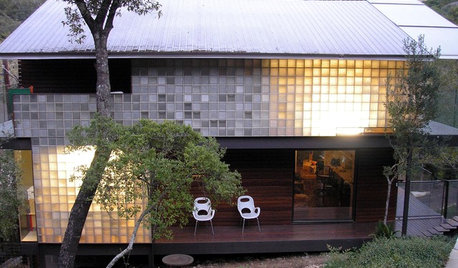
REMODELING GUIDESGreat Material: Glass Block Grows Up
See how designers are using the humble glass block for privacy, pattern and light
Full Story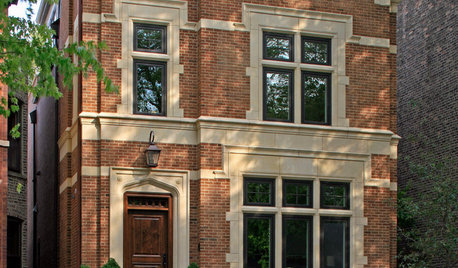
MATERIALSRaw Materials Revealed: Brick, Block and Stone Help Homes Last
Learn about durable masonry essentials for houses and landscapes, and why some weighty-looking pieces are lighter than they look
Full Story
CONTAINER GARDENSContainer Garden Basics: How and When to Water Potted Plants
Confused about soil moisture, the best time to water and what watering device to use? This guide can help
Full Story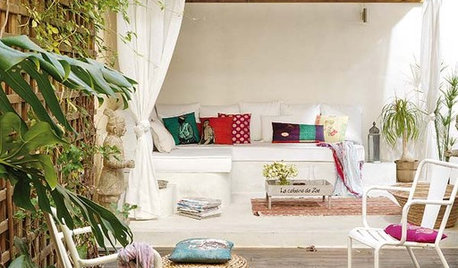
GARDENING AND LANDSCAPINGCreate a Casbah on the Patio
Gauzy sheer or blocking sunlight to the max, curtains for a patio, deck or balcony come in styles for every budget
Full Story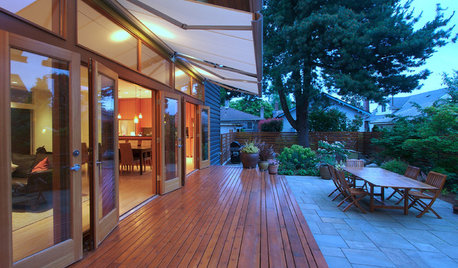
GARDENING AND LANDSCAPINGMade in the Shade, the Modern Way
Think beyond the patio umbrella with these 8 ideas for blocking the sun beautifully
Full Story








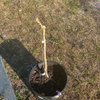
rps_surenet_net